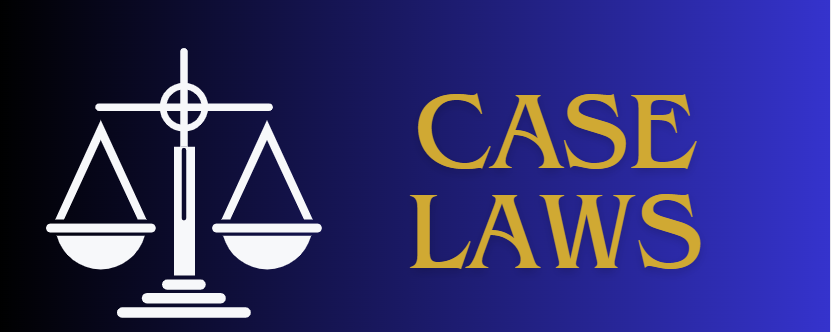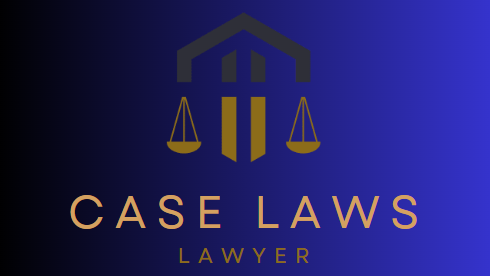Apart from technique of signposting and piggybacking for conducting examination in chief of a witness, there are in place certain other suitable and practiced rules in every nook and corner of the world in the Courts. In terms of ‘Form of questions’, guidelines are as under
(i) Do not lead
(ii) Avoid wide question and ask focused/specific/targeted questions
(iii) Avoid long question and ask short, simple questions
(iv) Avoid compound questions and ask one question at a time
(v) one point at a time
(vi) Have a dialogue and ensure the questions follow on
(vii) establish facts not conclusions
(viii) Avoid comment, build to a point.
For sequence or structure of questions, following rules are followed;
(i) Help the witness to tell the story
(ii) paint a picture
(iii) Help the Court to follow
(iv) use the exhibits and photos
(v) use of plans
(vi) avoid irrelevancies
(vii) listen to the answers
(viii) avoid quick fire questions
(ix) avoid interrupting
(x) use piggybacking as cited above.
To have a control on the witness, techniques are as follows;
(i) Ask precise question
(ii) know your material
(iii) demonstrate clear direction
(iv) know where you are going
(v) plan transition or alternate questions




0 Comments